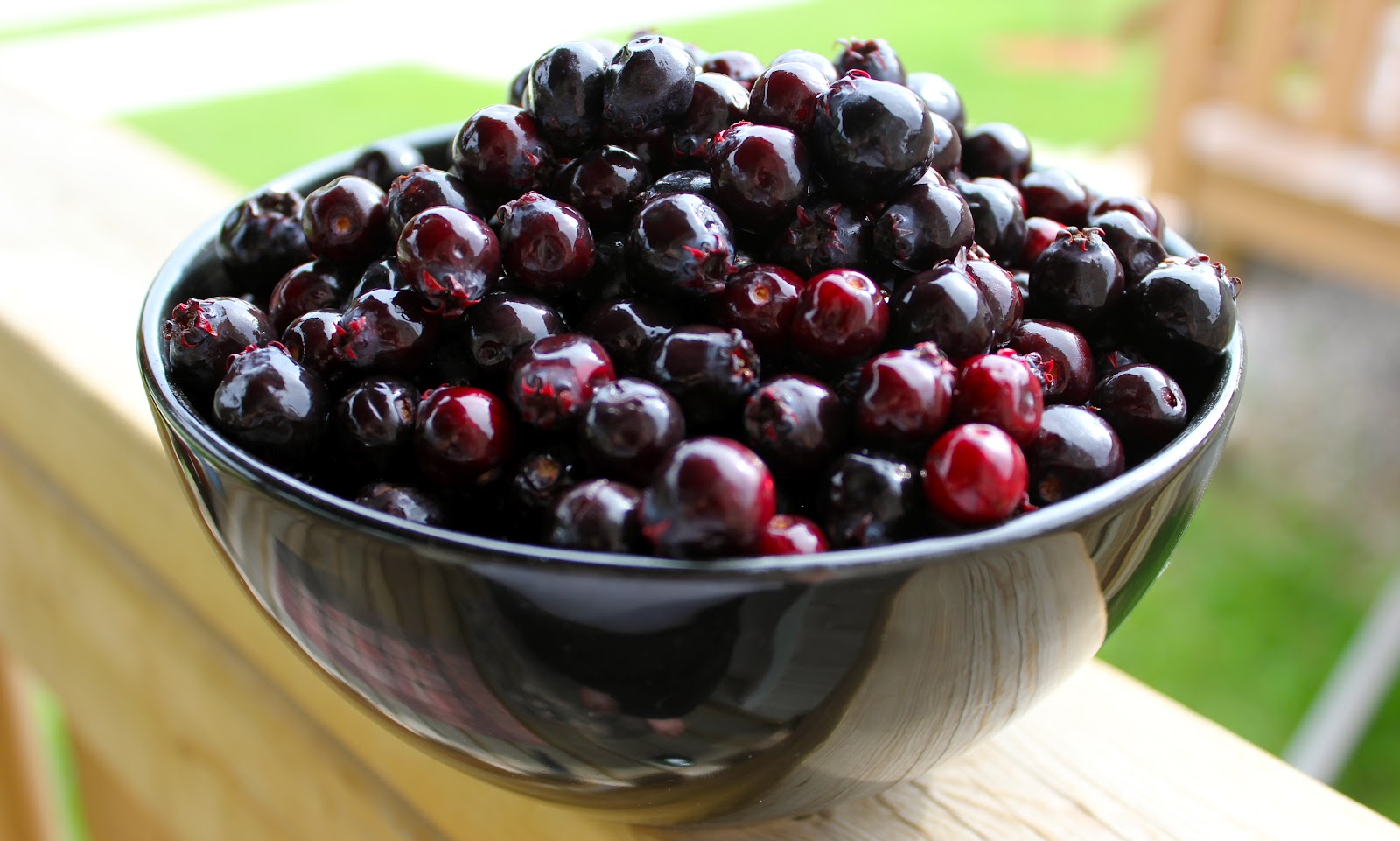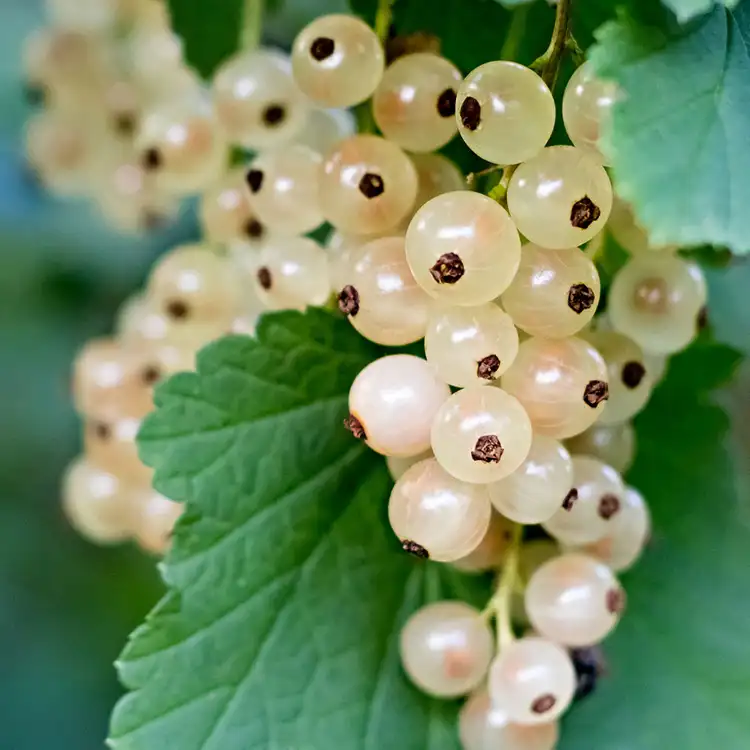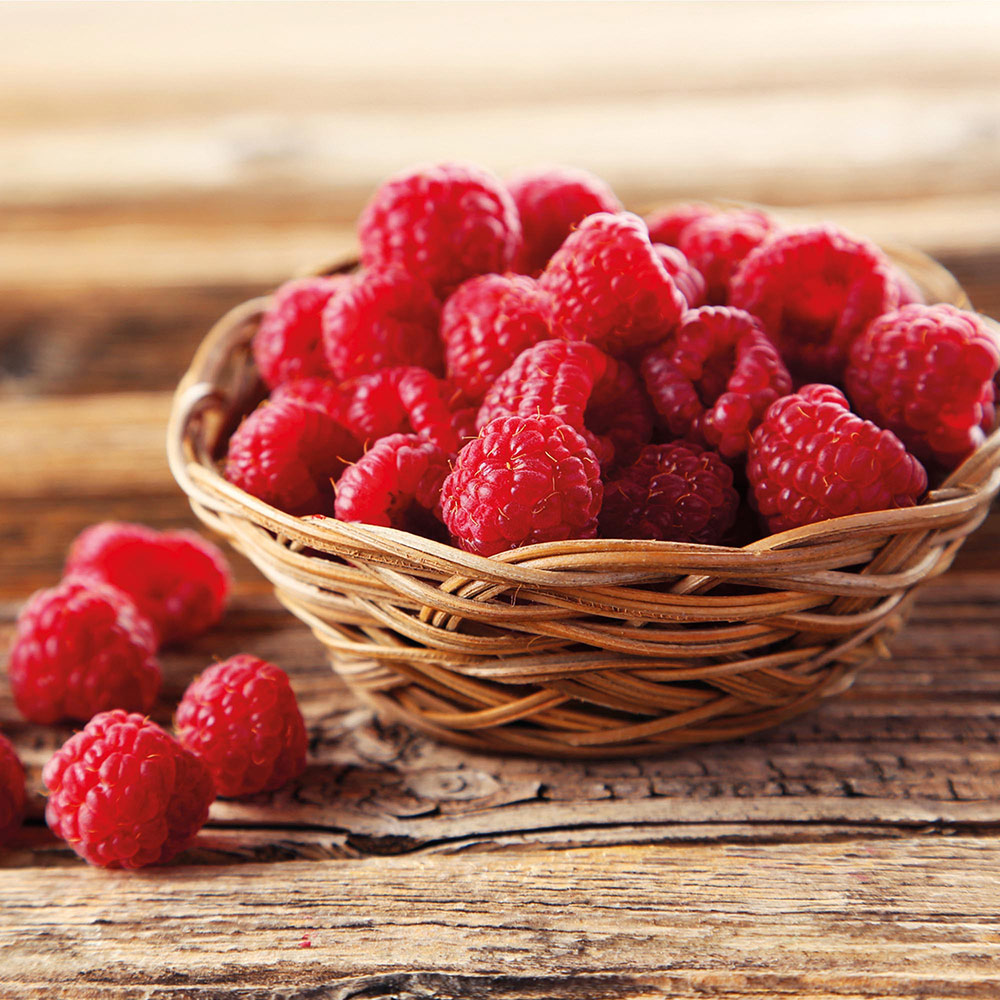Saskatoon Berry (Amelanchier alnifolia Nutt.): Fruit Characteristics, Varieties, Nutrition, and Distribution
The Saskatoon berry (Amelanchier alnifolia) belongs to the Rosaceae family within the Amelanchier genus. This shrub or small tree is native to North America and prized for its tasty pome-like fruits as well as its ornamental appeal. Though botanically classified as small pomes, they are often referred to as “berries” because their appearance and taste resemble aggregate drupes.
Fruit Characteristics
Saskatoon berries produce small pomes that are typically round with diameters ranging from 0.5 to 1.5 centimeters—similar in size to blueberries. The skin is smooth; when ripe, it becomes deep blue or nearly black with a white bloom on the surface. The flesh is soft and juicy with a sweet flavor that hints at almonds. The texture is delicate with a few tiny seeds inside. These fruits generally grow in clusters.

Major Varieties (Cultivars)
Selective breeding has led to numerous cultivars of Saskatoon berries that differ in size, yield, flavor profile, and growth habits:
- ‘Northline’: Large fruits with high yield; sweet flavor.
- ‘Smoky’: Medium-sized fruits known for their rich flavor; considered one of the tastiest varieties.
- ‘Thiessen’: An early-ripening variety with large fruits that have a mild flavor.
- ‘Honeywood’: A late-ripening variety noted for its high sweetness.
- ‘Pembina’: Tall plants producing medium-sized fruits with good flavor.
Nutritional Value and Potential Health Benefits
Saskatoon berries are highly nutritious, containing carbohydrates, dietary fiber, vitamins (including Vitamin C and B vitamins), along with minerals such as manganese, magnesium, and iron. Notably rich in antioxidants like anthocyanins and phenolic acids, they offer anti-inflammatory and anti-cancer benefits while promoting cardiovascular health, often exceeding blueberries in antioxidant capacity.
Distribution and Cultivation
Native across North America, from Alaska down to California—and especially prevalent in Canada’s western prairies—the name “Saskatoon” comes from the city in Saskatchewan bearing the same name. Adaptable and cold-resistant, requiring minimal soil conditions yet thriving best under full sunlight and well-drained soils, they are popular both for their delicious fruits and striking white blossoms, making them ideal for orchards and gardens alike. They are propagated by seeds or vegetative means such as cuttings or division.



